There are two numbers everyone will remember from the 2022-23 Premier League season: 36 and three — Erling Haaland’s record-breaking number of goals and Manchester City’s record-matching number of consecutive Premier League titles.
But why don’t we go a little deeper than that? With 38 more matches in the books, we know who won, who’s going to the Champions League, and who’s going to the Championship. We also know who conceded the most expected goals per shot since the World Cup and who garnered the most points per millions of dollars spent.
So here’s one (or more) stats that sum up each team’s season, and what might come next.
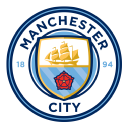 Manchester City: 598
Manchester City: 598
The history of Pep Guardiola’s managerial career is a struggle against control.
First, at Barcelona, it was simply a question of how much control. His teams in Spain pushed possession levels beyond anything anyone had ever seen before in the modern game. Then, at Bayern Munich, it became a question of how to define control — the rest of the world started to realize they couldn’t have the ball against a Pep team, so they focused on exploiting the moments when the ball was up for grabs, whether that was by pressing to immediately win possession back or by quickly counterattacking into the space behind his high-positioned defenders. Enter: inverted fullbacks.
And now, at Manchester City this season, Guardiola has questioned the idea of control all together. At least, when compared to every other team he has ever coached.
En route to their fifth Premier League title in six years, City still led the league with 64.7% of possession. But this year, City allowed 598 opponent touches inside their own penalty area — the most in any of Guardiola’s seven seasons with the club.
In the past, Guardiola’s teams did everything possible to keep the ball away from their own goal. This year, they became a little more comfortable with defending in their own box, which in turn opened up all kinds of new spaces for Haaland and Kevin De Bruyne and Jack Grealish to quickly attack whenever the moment was right. While, statistically, this team isn’t quite as dominant as previous iterations, they’ve all but eliminated the kind of fast opponent transitions that haunted the great Guardiola sides of seasons past.
They let go of the steering wheel, and now, it really feels like no other team can stop them. The ongoing Premier League investigation and the 100-plus charges of alleged financial misconduct might be the only thing that can slow them down.
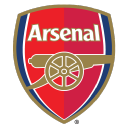 Arsenal: 0.13
Arsenal: 0.13
Before the World Cup, Arsenal were right there with Manchester City. The defending champs were allowing fewer shots than the Gunners, but Mikel Arteta’s side were limiting their opponents to lower-quality opportunities. Both sides were conceding around 0.7 expected goals per game, the best mark in the league, and league-best levels of xG conceded per game:
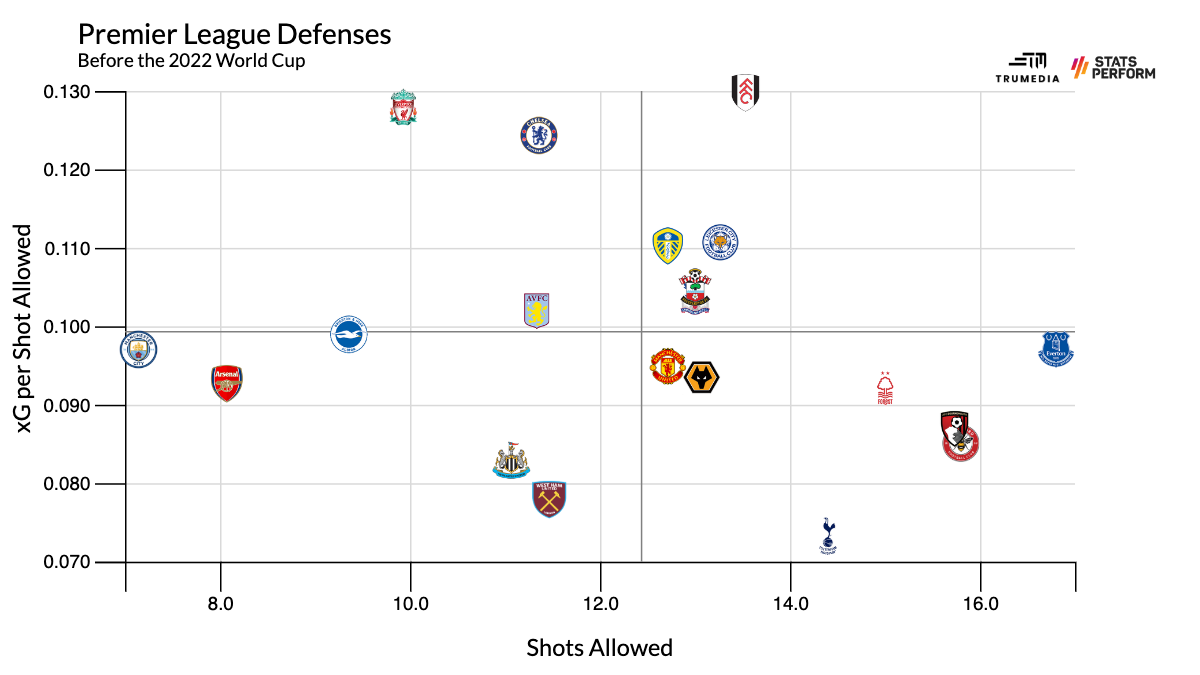
After the World Cup, though, the defense fell apart, conceding 0.13 xG per game.

Arsenal gave up nearly an extra shot and a half per match, and they gave up a ton of high-quality opportunities. Before the midseason break, they were barely conceding any chances, and the chances themselves were of a below-league-average quality. After the World Cup, only Leeds and Liverpool conceded higher quality chances to their opponents.
This was a truly fantastic season for Arsenal. No one saw it coming, but the idea that Martin Odegaard, Gabriel Jesus, Gabriel Martinelli, Bukayo Saka, Oleksandr Zinchenko and even Granit Xhaka could combine to produce one of the best attacks in Europe wasn’t some kind of impossible-to-imagine outcome before the season. Your best young players get better, two guys arrive from Manchester City, and boom, there you go. But the idea that all of those players could play at the same time for a team that also featured the best defense in the league? That just wasn’t foreseeable in any kind of way that doesn’t involve ancient and/or illegal magic.
It also just wasn’t sustainable. The Arsenal we saw in the second half — high-powered attack with a vulnerable backline — seems like the reasonable best-case outcome for the collection of players Arteta leaned on this season. Is there a way for Arsenal to maintain this attacking output while improving the defense? Or is it that the attack can get even better, while the defense stays where it is?
Finding the answers and asking the right questions will determine whether the Gunners can stay out ahead of the chasing pack for another season or fall back down toward another fight for fourth.
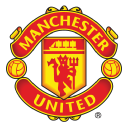 Manchester United: 96
Manchester United: 96
Nobody was better in the open field than Manchester United this season. Per Stats Perform, United led the league with 96 direct attacks, which are defined as an “open play sequence that starts just inside the team’s own half and has at least 50% of movement towards the opposition’s goal and ends in a shot or a touch in the opposition box.” This in particular benefitted Marcus Rashford, who scored a career-high 17 non-penalty goals despite rarely touching the ball compared to most of the other top wingers in the Premier League.
However, they didn’t really pair that with proficiency from more measured open play or from set pieces. A reliance on direct attacks necessitates a lack of control, both in order to create that space to attack into and from all the times the attacks don’t come off and you’re suddenly coughing the ball up right after winning it back. We saw this in all the lopsided results suffered by United this season and we see it in the fundamentals of their performance.
United allowed 1,031 opposing touches inside their penalty area this season — more than all but six other teams. And despite finishing in third, United had just the sixth-best goal differential and the sixth-best xG differential in the league. They wrung out the max number of points from their performances this season, and a similar level of play next year is unlikely to lead to another top-four finish.
The next stage of the Erik ten Hag era should be toward a little more possession and more control. You just can’t let the opposition inside your box that often and expect it to pay off again. The challenge is to both find the right players to play with the ball, and to do it in a way that doesn’t suddenly hamstring the output of your best player.
 Newcastle: 22
Newcastle: 22
Per an analysis by Ryan Best for FiveThirtyEight: Along with Arsenal, Newcastle used the fewest unique starting lineups (22) this season. More starkly, their back five of goalkeeper Nick Pope and defenders Dan Burn, Fabian Schar, Sven Botman and Kieran Trippier started 31 games together. Eddie Howe’s team certainly benefited from playing a limited number of matches this season.
And how could they not? Midway through last season, this squad, composed of many of these same players, were in the middle of a relegation fight. Although the club now has the wealthiest ownership group in all of professional sports, the roster still hasn’t been totally overhauled since then.
– Stream on ESPN+: Championship, LaLiga, Bundesliga, more (U.S.)
Logic suggests that Newcastle would have a particularly lopsided squad, one with relegation-level players and also Champions League quality guys who could only be acquired with the new wealth of Saudi Arabia’s Public Investment Fund. Well, now they’ve suddenly got Champions League matches on the fixture list. There are more minutes to go around, and they’re likely to suffer more injuries, too.
It seems like Newcastle have arrived ahead of schedule, but next season is going to put a lot more stress on a squad and a club and a coach that hasn’t experienced anything like this in a long time — or, in some cases, ever before.
After Mohamed Salah apologizes for Liverpool’s failure to make the Champions League, Alejandro Moreno says it’s too little too late.
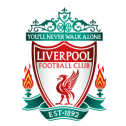 Liverpool: 10
Liverpool: 10
Over his final 10 games of the Premier League season, Trent Alexander-Arnold led all Premier League players in:
• touches
• passes completed into the final third
• expected assists
• actual assists
Over their final 10 games of the Premier League season, Liverpool led all teams in:
• goals
• expected-goal differential
• touches in the opposition box
• touches allowed in their own box
• possessions won in the attacking third
• opponent pass completion percentage allowed
Before the Arsenal match on Easter, Jurgen Klopp shifted to a tactical system that essentially deploys Alexander-Arnold as a deep-lying central-midfield playmaker in possession. And since that tweak was made, Liverpool have looked like a different version of the Liverpool of old, one that plays wide-open, vertical, high-event matches with the balance of those events massively tilted in their favor. Centralizing TAA makes a ton of sense because (A) he’s arguably the most talented pure kicker of a soccer ball in the world, and (B) at 23, he’s the club’s only superstar under the age of 29.
This season was a massive disappointment for a club that came in thinking it was one of the three best clubs in the world, but over the final 10 matches, we started to finally see the next era of Jurgen Klopp’s Liverpool. Starting in August, we’ll see if it can hold up for a full season.
 Brighton & Hove Albion
Brighton & Hove Albion
Brighton were brilliant. They’re the model Premier League club now: the team that you assume is always making the right decision, and the team you should be scared of your favorite team acquiring any players from. If Brighton are willing to make a deal with you, chances are you’re on the wrong end of the transaction. It has been a league-wide season in which wages were only loosely connected with results, and Brighton got as much from them as anyone:
How did wages correlate to performance in the Premier League? pic.twitter.com/pc9pbWTeqZ
— Aurel Nazmiu (@AurelNz) May 29, 2023
But even that might undersell how impressive Brighton really were this season:

With some better finishing and shot-stopping, Brighton aren’t just in Europe this season; they’re in the Champions League. Their plus-25 xG differential was fourth in the league this season — better than Liverpool and Manchester United.
Was this just a confluence of the right players, a couple of concurrent career years, and a special manager that can’t be replicated again? Or, if Brighton hang on to most of their key contributors and keep Roberto De Zerbi at the club, will this team be kicking around the top four again next season? They did everything to get there this year — except put the ball into the back of the net.
 Aston Villa: 20
Aston Villa: 20
When Aston Villa fired Steven Gerrard toward the end of October, betting markets projected Aston Villa to finish on 41 points and in 14th place. After hiring Unai Emery, Aston Villa finished on 61 points and in seventh place:
Final view on how each team’s end-of-season predicted points and standings varied after each gameweek on @sportingindex. Some thoughts to follow pic.twitter.com/BwpLvy8qBm
— Omar Chaudhuri (@OmarChaudhuri) May 29, 2023
Put another way: Over the entire season, no team exceeded their preseason expectation by more than Brentford’s 18 points. Emery’s Villa overachieved by two more points than Brentford’s league-best mark despite playing 12 fewer games.
Of course, not all of that comes down to Emery; he’s not the sole reason the team’s results improved. Most teams fire their managers when they’re going through a particularly bad patch of performance or luck — or both — and they would naturally experience some positive regression even without making a coaching change. But early returns from the betting markets suggest that they’ve bought into the long-term Unai Effect, too. After the six teams above — plus Chelsea and Tottenham — Villa have the shortest title odds for the 2023-24 season.
 Tottenham: 38.5
Tottenham: 38.5
Here’s an alternative way to look at the best scorers in the Premier League this season:
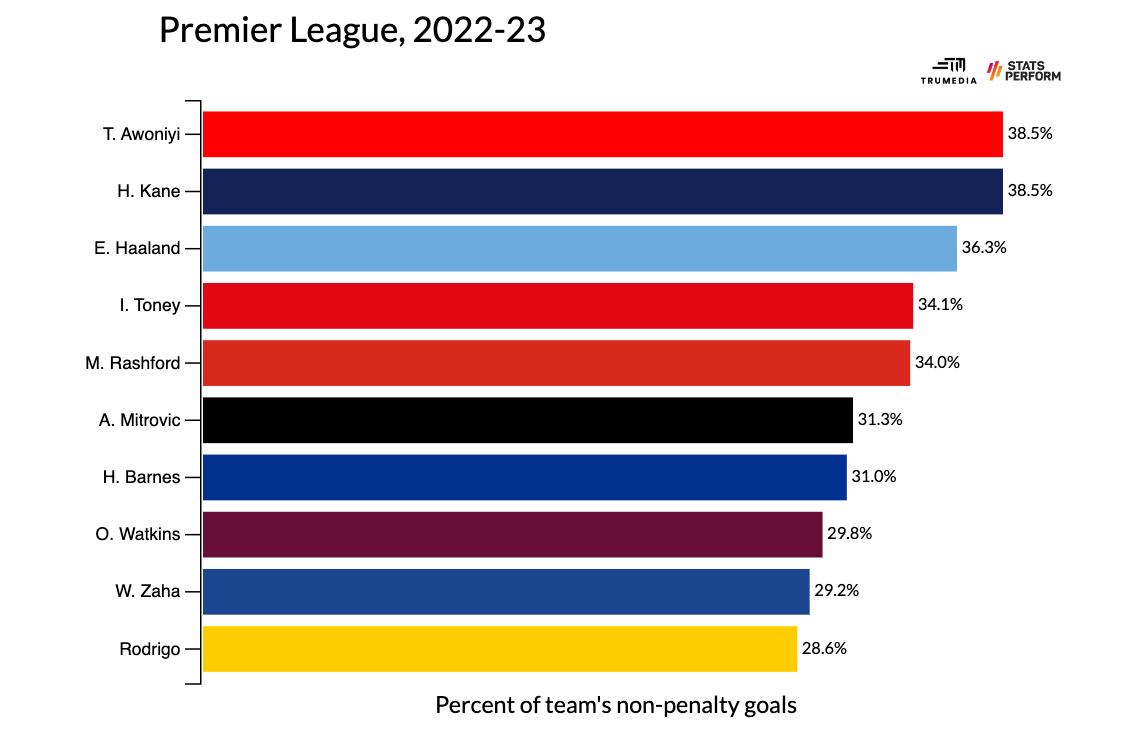
To answer your question: Yes, Taiwo Awoniyi is a better goal-scorer than Erling Haaland and should be in consideration for the Ballon d’Or.
To actually answer your question: Tottenham have a Harry Kane problem. He’s arguably more important to their functioning than any other single player in the Premier League. Not only did he score close to 40% of their non-penalty goals, but he was also second on the team in passes into the final-third and first on the team in both expected assists and passes into the penalty area. He’s also third on the team in progressive passes received, which means he’s making plenty of movement off the ball, too.
In other words, he’s vital to everything good that happens whenever Tottenham have possession. He’ll also be 30 by the start of next season, and he’s currently playing for a team that finished in eighth place last season.
The next great Tottenham team won’t include Harry Kane. Heck, the next good Tottenham team might not include Harry Kane. However, the next good-and-or-great Tottenham team could include all of the players acquired with the money made from allowing Kane to leave the club this summer in order to compete for trophies somewhere else.
 Brentford: 0.14, 0.09 and 18.57
Brentford: 0.14, 0.09 and 18.57
They’re the “Numbers Team,” so we’re giving them three. If there are two bedrock discoveries of soccer’s analytics movement — truths about the sport that remain true amid a dynamic competitive and tactical landscape — they are: (1) shots from closer to the goal are better than shots from farther away, and (2) you can score a ton of goals from set pieces without sacrificing your ability to score from open play.
Well, in the Premier League this season, Brentford attempted the highest quality shots (0.14 xG per shot), and they conceded the lowest quality shots (0.09 xG per shot):
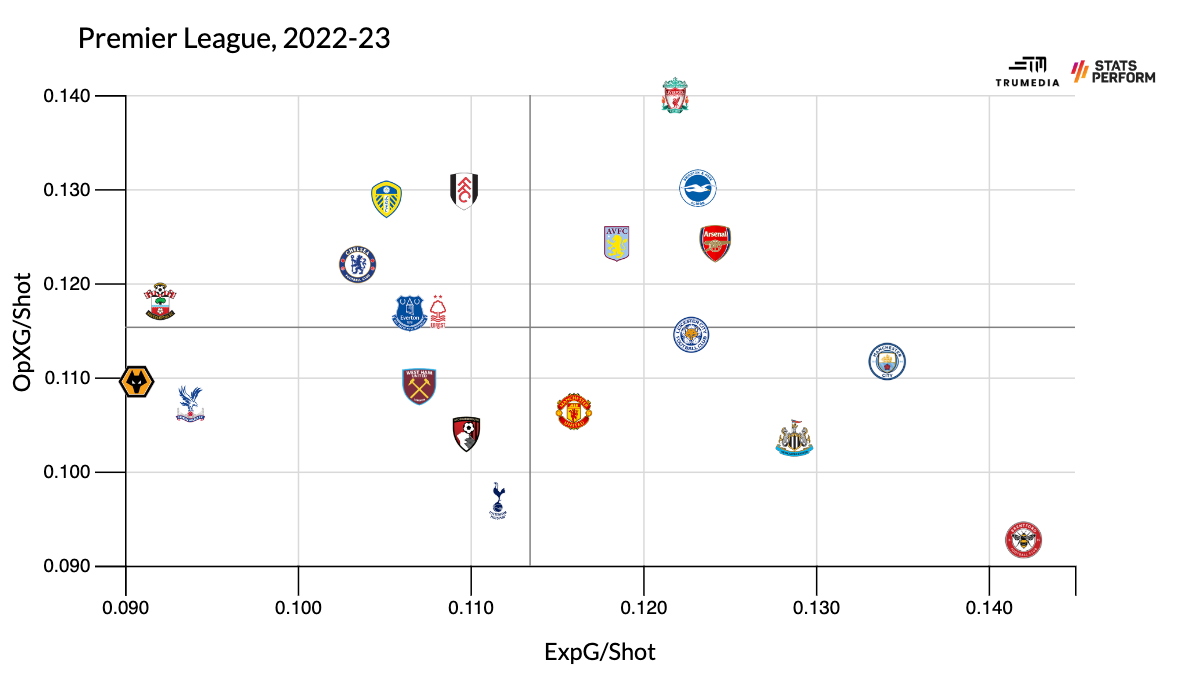
And as for set pieces, they generated 18.57 xG from dead-ball situations, which was second best in the league behind Newcastle and is essentially equivalent to the value of having an extra world-class attacker on your team.
Focusing on controlling the quality of chances and taking advantage of every set piece has Thomas Frank and Brentford all the way up to ninth in their second Premier League season. They outperformed their wage bill and their preseason betting-market expectations more than any other team in the league. Although Brighton (deservedly) get plenty of headlines for their player-trading excellence, their attractive style of play, and their sixth-place finish, I think Brentford might have had an even better season, relative to their resources.
Next up: Figure out how to do it all again without the guy who scored 35% of your goals.
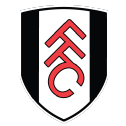 Fulham: 20.49
Fulham: 20.49
Marco Silva’s team just went on a season-long heater at both ends of the pitch. They scored nearly eight more goals than their xG total, and they conceded 12.5 fewer than expected. All in all, their actual goal differential (plus-2) beat their xG differential (minus-18.49) by more than 20 goals. No one else in the league was even close to that level:
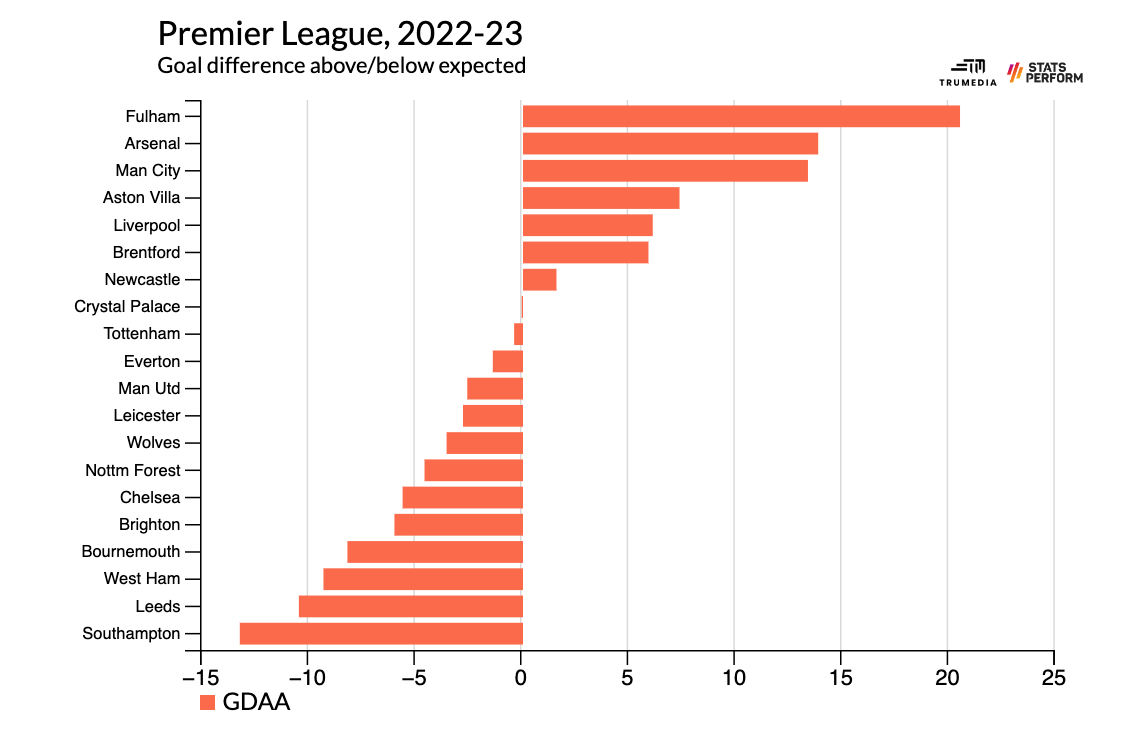
What does it all mean? Fulham should take the found money and reinvest in the squad. Bernd Leno, a fine shot-stopper for most of his career, had the best season of his life in goal, while all of their secondary players seemed to convert one xG into three goals, or something like that.
There’s nothing about this collection of talent or their style of play that suggests they’re gonna be able to keep this shot-conversion and suppression up. Sometimes everyone just gets hot at the same time, and it turns a just-above-relegation-level performance into a positive goal differential.
Although the table might make it look that way, this team hasn’t solidified its Premier League status just yet. Concede and generate the exact same profile of shots next season, and they might have a relegation battle on their hands.
 Crystal Palace: 70
Crystal Palace: 70
One of the decisive factors in Crystal Palace’s season seemed to be: was Eberechi Eze on the field?
Toward the end of his tenure, Patrick Vieira frequently benched Eze, and the team frequently stunk. Then, Roy Hodgson came in, he frequently started Eze, and the team frequently played well. (Hodgson also walked into a cake-walk of a schedule, and he is a legend for taking this job precisely when he did.)
While Eze was on the field this season, Palace’s differential was more than a full xG better per 90 minutes compared to when he was off it. And while there are all kinds of contextual factors missing from that number, I think that it speaks to Eze’s development into more of a winning player. Last season, before he got hurt, he fit the mold of a classic, exciting, young winger: on the ball a lot, frequently beating defenders and rarely turning it into anything. This season, though, he led Palace in goals, and it’s backed up by a massive increase in shot attempts. Last year, he attempted 10 total shots in 605 minutes (1.49 per 90), while his 70 shots this season rated out to 2.39 per 90. The shots themselves are significantly closer to the goal, too.
It’s just solid, obvious improvement, and it helped guide Palace into what was ultimately a comfortable midtable finish.
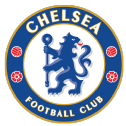 Chelsea: 38
Chelsea: 38
Chelsea spent €611.5 million on transfer fees since last summer; no one else spent more than €243.3 million. Chelsea pay one of the highest wage bills in Europe. And Chelsea scored one goal per game across an entire soccer season. Given all the resources they’ve poured into the team, this is, pretty easily, the worst single season in the history of the Premier League.
Mark Ogden gives the latest on Christian Pulisic’s future after Juventus emerge as front-runners to sign the USMNT forward from Chelsea.
 Wolves: 8.44
Wolves: 8.44
Wolves were the worst attacking team in the Premier League this season — by actual goals scored or by the combined quality and quantity of chances created as measured by xG. Their leading scorers were Daniel Podence, a bit-part winger, and Ruben Neves, a midfielder who only attempted terrible shots from outside the penalty area. Podence generated a Wolves-leading 3.9 non-penalty expected goals; 80 players in the Premier League had more.
This team is kind of stuck in no-man’s-land. They don’t really counterattack at speed like they used to, and they hang onto the ball more often than you expect (they had 50% of possession in their matches), so it leads to a team that’s constantly facing set defenses and unable to break them down. They don’t take many shots, and they take mostly terrible shots. But the worst part of it all is that they also neglect set pieces, which is the easiest way to kick-start an attack that’s struggling to generate quality chances. They generated a league-worst 8.44 xG from set pieces this season.
If they don’t find a way to generate some easy goals next season, it could be a long year fighting just to stay out of the bottom three.
 West Ham: 12.2
West Ham: 12.2
There were four players who took at least 12% of all of their team’s touches in the Premier League this season:
1. Kieran Trippier, Newcastle: 13.6%
2. Lewis Dunk, Brighton: 12.5%
3. Declan Rice, West Ham: 12.2%
4. Pierre-Emile Hojbjerg, Tottenham: 12.0%
Among those three, only Rice is being mentioned in transfer rumors every 15 minutes. The 24-year-old seems quite likely to leave this summer, and he has been arguably the club’s most influential player as they’ve established themselves as a top-half-of-the-table Premier League team over the past few seasons. Yes, they finished 14th, but they’re in the Europa Conference League final and their xG differential was way better than their actual goal differential.
No one on the team scored more than six goals this season, which means goal-scoring will also be a need this summer. If Rice leaves, do they try to find a direct replacement in midfield? Or do they divert some of the funds toward bringing in a more pricey attacker and then attempting to replace Rice’s influence — a la Billy Beane and the Oakland A’s — in the aggregate?

 Bournemouth and Nottingham Forest: minus-0.68 and -0.67
Bournemouth and Nottingham Forest: minus-0.68 and -0.67
They both stayed up, but they also might’ve been the two worst teams in the league. At least, they were the two worst teams at generating and limiting chances. Bournemouth had the worst per-game xG differential (minus-0.68), while Forest were only slightly better at minus-0.67. And neither side was particularly good at the whole scoring and preventing goals thing, either. Bournemouth had the second-worst goal differential (Southampton was the worst), while Nottingham Forest was third worst.
Despite the slightly worse underlying performance, I think Bournemouth might have the more upside of the two.
Forest bought a college football team’s worth of players this year without any real considerations for fit or age. I guess they can just … keep doing that? It doesn’t seem like they ever landed on a particularly promising collection of players at any point or have any kind of plan. Bournemouth, meanwhile, haven’t spent a ton of money, and while it hasn’t paid off in terms of their performance, they still ground out enough points to stay up. With some internal continuity and some more investment under the new ownership group that took over in December, perhaps they’ll generate a few more chances per game or concede a couple fewer — or both.
The most likely outcome, though, is that all season long, both clubs will be fighting to stay up.
It’s not like Everton were lighting the world on fire under Sean Dyche, but it’s amazing how they were better in just about every aspect of the sport in his 18 games in charge, compared to the 20 coached by Frank Lampard. The areas where Everton improved under Dyche: – goal differential Funnily enough, the only area where Everton were worse was on the defensive end; they conceded more goals and more xG under Dyche. It seemed, to me, like Dyche realized the team couldn’t generate enough attacking opportunities if he’d kept things as tight defensively as he might’ve wanted to. This is a weird team with a lot of Premier League-quality players but without many players whose skills — incisive, quick passing, shot getting — might allow you to sit back and attack with a limited number of bodies. Instead, Everton frequently contested games in the midfield, which meant they left space in behind more often than you’d expect, but they also generated just enough chances to finish one spot clear of the bottom three. The construction of this roster makes no sense, but it should also be relatively easy to upgrade over the summer. Then again, that’s been true for almost a decade now. You don’t even need any fancy numbers to understand why Leicester are one of the better teams to ever be relegated. They were outscored by 17 goals this season, which is not particularly good, but was still the 14th-ranked mark in the league. In fact, Bournemouth’s goal differential was twice as bad as Leicester’s — and yet Bournemouth were the ones that stayed up. Obviously, this was still a massive failure and even finishing 14th would’ve been a large drop off from where Leicester were two seasons ago — let alone seven years ago, when they were, you know, winning the whole damn thing. As for what happens next, I’m not so sure. We rarely see teams with a wage bill as large as Leicester’s or with as much talent at Leicester get relegated. So should we expect Leicester to shed more talent than the normal relegated side? Or should we expect Leicester to immediately bounce right back up? As of now, I’m leaning toward the latter. At least, I’m more bullish on Leicester returning right away than I have been with any other relegated side in a really long time. Under Jesse Marsch, Leeds allowed their opponents to complete 75.5% percent of their passes. That would’ve been the lowest full-season mark in the league, just slightly below what Liverpool held their opponents to over 38 games. Of course, Marsch didn’t coach 38 games, and you can see the club’s abrupt shift away from the high-pressing style first established by Marcelo Bielsa and then continued by Marsch, in the same numbers for the three other guys who managed the club this season: After Big Sam Allardyce took over, the opponent pass-completion percentage rose all the way up to 84.2%, which would have been the third-highest season-long number in the league. Unfortunately the shift in approach didn’t improve the team’s performance; no, it made them worse and worse and worse: Pragmatism isn’t universal. Turns out a roster of players brought in specifically to play a high-pressing, keep-the-ball-at-the-other-end approach isn’t equipped to play passively without the ball. Leeds lost their nerve when things weren’t going well under Marsch and never even seemed to consider the possibility that a new coach might make things worse. Does anything about the past season suggest this club has any idea how to come up with and then stick to a long-term strategy? If you’re gonna go down, at least go down with the youngest average team (24.7, weighted by minutes played) in the league … right? It’s not how I would’ve gone about it, but Southampton’s new ownership came in with a plan to load the team up with low-cost, low-floor, high-ceiling youngsters. It’s kind of what Brighton have done, but they made sure to first establish their footing in the Premier League before really leaning into those kinds of moves. Southampton hadn’t established that baseline level of competency, so they were especially exposed to the possibility of relegation with this approach. The benefit, I guess, is that you have a team of young players who might be attractive to bigger clubs — and if not, you have a team of young players who might all get better at the same time and suddenly smash it in the Championship. They weren’t as bad as 20th — more of a side that should’ve been in the battle for 17th, rather than relegated with weeks still left. If they can keep some of the young core together and Gavin Bazunu has a bounce-back year in goal, they should also challenge to go right back up.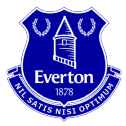 Everton: pick one, any one
Everton: pick one, any one
– expected goal differential
– shots for
– shots against
– touches in the opposition penalty area
– touches allowed in the penalty area
– possessions won in the attacking third
– opponent pass completion percentage Leicester City: minus-17
Leicester City: minus-17 Leeds United: 84.2
Leeds United: 84.2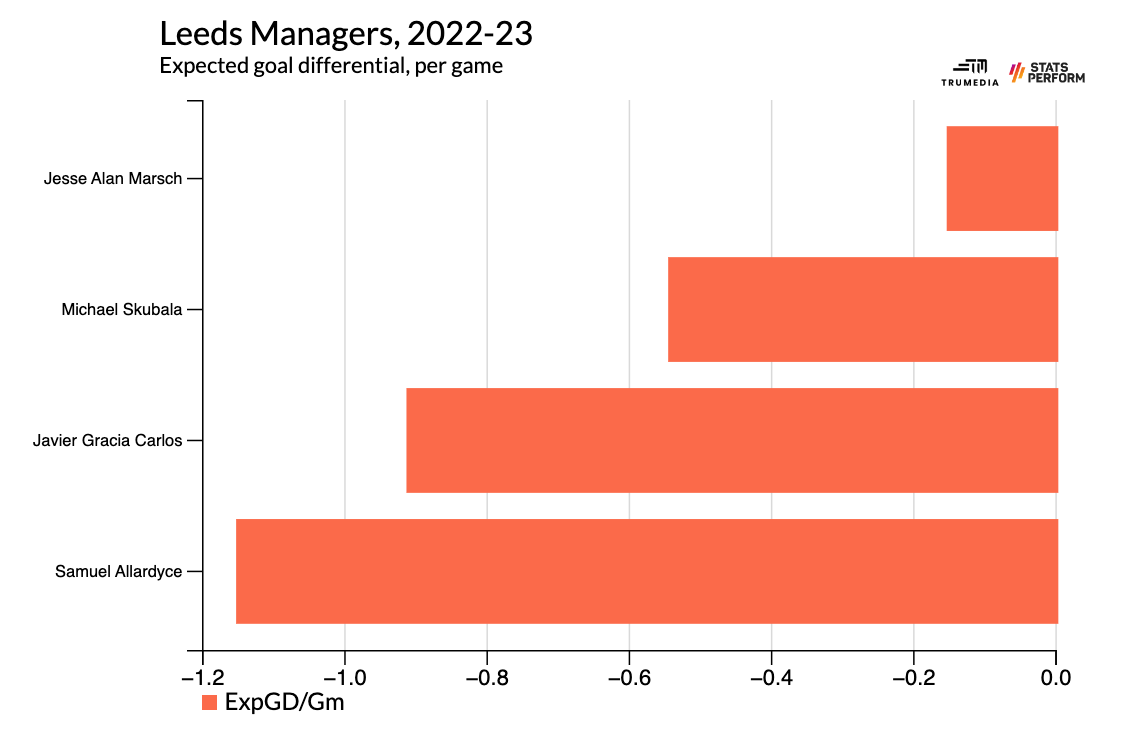
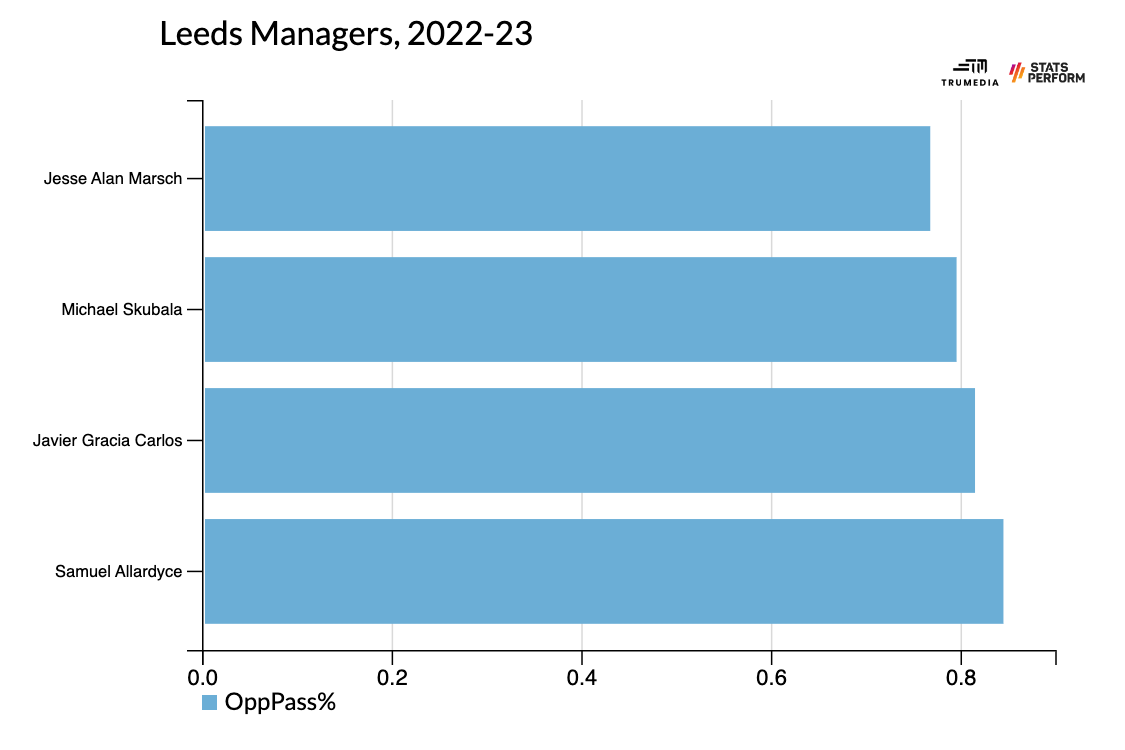
 Southampton: 24.7
Southampton: 24.7



